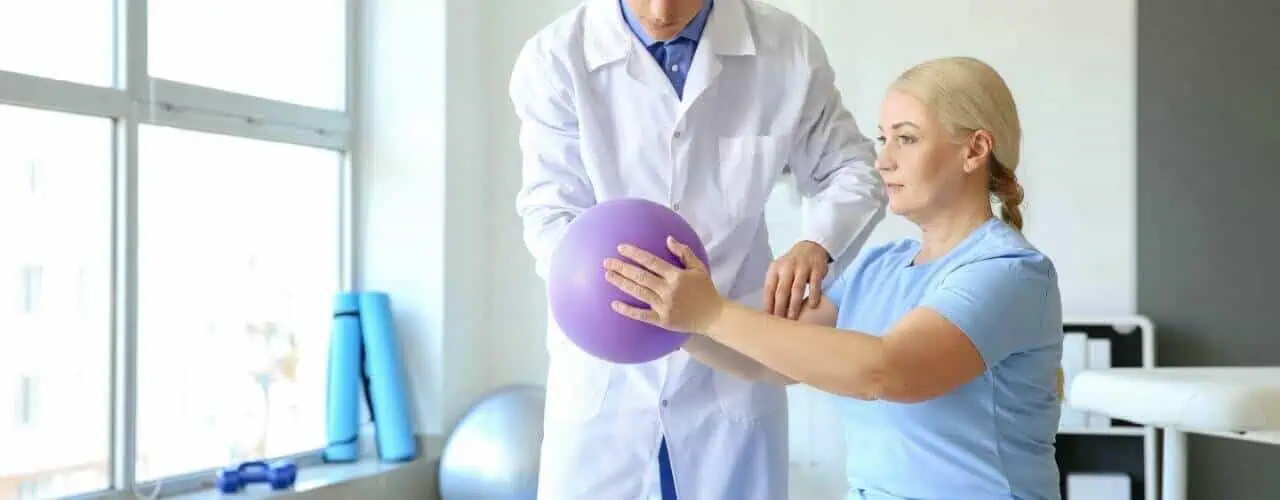With unintentional drug overdoses on a sharp increase within the U.S., more medical professionals are seeking treatment options that don’t carry the risk of painkiller addiction. Certainly, reducing pain through opioids can be a legitimate treatment. Yet mushrooming addiction rates make it obvious that methods such as physical therapy can often be a better first-line treatment than opioids, without the long term consequence of drug addiction.
When is Physical Therapy Right for You?
It’s never too late to discontinue long term opioid use (under your doctor’s supervision) in favor of physical therapy. And, of course, if you are newly seeking help for pain and function, physical therapy should be seriously evaluated as a first-line treatment.
In general, physical therapy helps when there’s a good chance of both easing pain and treating your underlying condition. Among the situations in which a physical therapist may be better for you than a prescription pad are:
- If pain has persisted for more than three months. Once your condition reaches a 90-day mark, it’s considered chronic. Opioids only mask, rather than treat, pain from chronic conditions.
- If the pain stems from nociceptive causes, meaning physical damage to muscles, bones, or cartilage. This is in contrast to when pain is “neuropathic,” meaning it’s a symptom of disease or nerve damage. Neuropathic pain is less likely than nociceptive pain to be eased by alternative treatments such as physical therapy.
- If loss of movement is part of the problem. When pain or stiffness has arisen from conditions such as tendonitis, sciatica, fibromyalgia or osteoarthritis, patients lose full range of motion. Physical therapy has been found to be better suited at treating these conditions than opioids, which only mask pain.
Types of Physical Therapy
Patients are often surprised to find that physical therapy is comprised of more than just a rote number of exercises. Certainly customized resistance and flexibility training can be helpful. But a physical therapist is also equipped to offer a range of other solutions, including electronic stimulation, heat, ice and specialized taping or bracing.
Physical therapy often includes manual therapy, in which massage and other hands-on methods ease painful joints and muscles, while increasing mobility. Moving aching limbs via water therapy, as in a whirlpool, may also be part of the physical therapy treatment.
In addition, a physical therapist can demonstrate more efficient and less painful ways to do chores, sleep, work out and perform other daily challenges.
Source
- http://www.apta.org/PTinMotion/News/2016/3/16/CDCFinalOpioidGuidelines/
- http://www.ace-pt.org/2017/07/13/ace-physical-therapy-and-sports-medicine-institute-physical-therapy-instead-of-opioid-drugs/
- http://www.moveforwardpt.com/Resources/Detail/physical-therapy-vs-opioids-when-to-choose-physica
- https://www.everydayhealth.com/pain-management/physical-treatments-for-pain.aspx
- https://www.everydayhealth.com/pain-management/physical-treatments-for-pain.aspx

